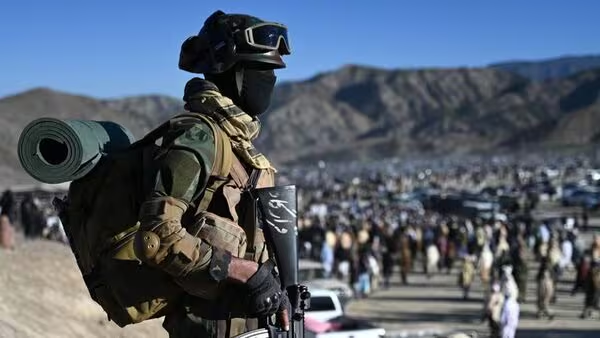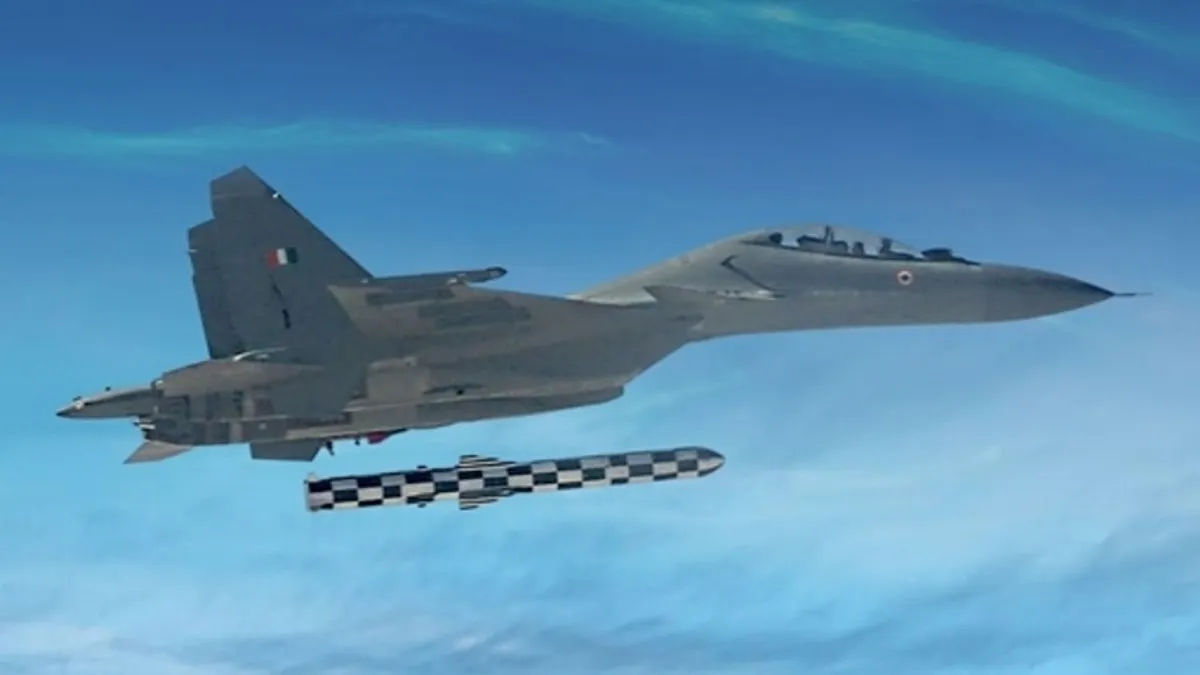Leading India’s military drone efforts is the Defence Research and Development Organisation (DRDO), which is dedicated to developing cutting-edge Unmanned Aerial Vehicles (UAVs) for a range of operational requirements, such as combat, surveillance, reconnaissance, and logistics support.
The Defence Research and Development Organization (DRDO) created the Trinetra UAV, a noteworthy development in Indian drone technology mainly intended for tactical operations, surveillance, and reconnaissance.
The Trinetra can take off and land vertically because it uses a quadcopter configuration. In areas with limited space or rough terrain, where conventional runways are impractical, this feature is especially helpful. The UAV is lightweight and incredibly portable due to its advanced composite construction, which allows for quick deployment in a variety of environments.
The Trinetra, which is outfitted with infrared and electro-optical sensors, offers high-resolution imagery and real-time video streaming for efficient daytime and nighttime operations. For ground commanders, this dual-sensor configuration improves situational awareness. Waypoint navigation allows the UAV to fly autonomously along pre-programmed flight paths. The drone’s design incorporates features that increase its operational flexibility in crowded areas by allowing it to navigate complex environments without exclusively using GPS. In order to maintain mission continuity in the event of communication failures or low battery levels, it is built to automatically return to its launch location.
The Trinetra may have an operational range comparable to current UAVs like the Netra series, which can operate up to 10 kilometers with flight endurance, according to insights from similar DRDO projects, even though specific operational details are classified.
longer than sixty minutes.
The Trinetra is appropriate for use in arid and Himalayan climates because it has been modified to endure a variety of Indian environmental conditions.
The UAV greatly enhances India’s defense capabilities because it is made for a variety of tasks, such as border surveillance, tactical support, and intelligence collection.
The Indian Army recently made a major strategic move to improve its unmanned capabilities by ordering almost 700 Trinetra drones. The goal is to improve the army’s surveillance and reconnaissance capabilities, especially in difficult terrains like the Himalayas. This purchase is a component of a larger effort to address current security issues by incorporating cutting-edge domestic unmanned systems into the military.
Almost Trinetra drones were introduced into the IndianThe Armed Forces represents a significant advancement in domestic military technology and operational effectiveness in challenging situations.
To demonstrate developments in autonomous stealth technology, DRDO successfully conducted a flight test of the Autonomous Flying Wing Technology Demonstrator, a high-speed flying-wing UAV. The UAV, which was created by the Aeronautical Development Establishment of DRDO, showed a remarkable ability to land itself without the use of infrastructure or ground radars.
Short Range Unmanned Aerial Vehicles (SRUAV) in the Rustom series are long-endurance aircraft with sophisticated sensors and payloads that can be used for target acquisition and intelligence collection. The Rustom MALE UAV project has been approved by the Indian government in collaboration with a production agency/development partner (PADP).
In order to give the military more tactical options, DRDO is creating loitering munitions, also referred to as “kamikaze drones,” that can precisely strike high-value targets.
The Aeronautical Development Establishment (ADE) created the DRDO Nishant, a UAV for reconnaissance and surveillance on the battlefield.
India’s Vehicle-Mounted Counter-Drone System, which combines several counter-drone technologies into a mobile platform for quick reaction against asymmetric threats, was introduced by Adani Defence & Aerospace and DRDO.
Additionally, DRDO is developing the Archer-NG, a new weaponized MALE drone that should launch soon. With a 1,000-kilometer range, this drone will have ISR, target acquisition, and precision strike capabilities.
The Indian Army is working with the private sector to develop sophisticated UAV systems in recognition of the need for faster technological advancements. For example, the Army has contracted with IG Drones, an Indian drone technology company, to provide First-Person View (FPV) and Vertical Take-Off and Landing (VTOL) drones.
By actively participating in public-private partnerships to create domestic, cutting-edge solutions, DRDO is demonstrating India’s resolve to lessen its dependency on imports and improve national security.
By reducing dependency on foreign systems and encouraging self-reliance in vital defense technologies, the Indian Armed Forces’ adoption of the Trinetra UAV shows a shift towards the use of domestic technologies for defense applications.
It is anticipated that the Trinetra’s capabilities will improve disaster management, counter-insurgency operations, and border surveillance by giving commanders useful information formaking well-informed decisions.


